The Mercedes marque
Encouraged by the Austrian merchant and general consul Emil Jellinek (1853–1918), at the turn of the 19th century Maybach designed the Mercedes Simplex, a racing car with a 35 hp four-cylinder engine and two carburettors. The vehicle, equipped with Maybach’s inventions, the honeycomb radiator and gear drive, was the age’s car of the future. Jellinek named the model after his daughter “Mercedes”.
Queequeg and Maybach

The automobile manufacturer Maybach and the world-famous painter, sculptor and film maker Julian Schnabel announced the beginning of a two-year partnership during the Art Basel Miami Beach, on the unveiling of the “Queequeg – The Maybach Sculpture”.
The two-part sculpture is 4.83 metres high, 1.70 metres wide and 1.42 metres deep. Its name is taken from the figure of the harpooner from Herman Melville’s classic novel “Moby Dick”.
Over the next few years Julian Schnabel and Maybach will work together on a number of projects. Julian Schnabel will devote himself to the Wilhelm & Karl Maybach Foundation with its mentoring programme. The foundation supports highly gifted young personalities, including promising artists.
The Windsors ride in Daimlers
In 1891 a certain Frederick R. Simms bought the licence for the high-speed combustion engine from Gottlieb Daimler to produce and sell it in the Commonwealth with the exception of Canada. With its luxury saloons, the English offshoot mainly competed with Rolls-Royce.
In 1960 the Daimler Motor Company was acquired by Jaguar, which used the name for large chauffeur-driven Jaguar limousines . In 1989 Ford took over the Jaguar marque, and in doing so acquired the rights to the Daimler trademark. Ford then sold them to the Indian giant Tata in 2008.
When the British Queen drives up in a luxury set of wheels with short, sloping boot, it is usually a Daimler limousine. The Queen Mother also used a Daimler DS420 up until her death in 2002.
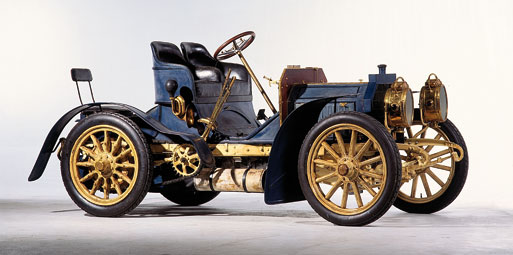
Mercedes-Simplex
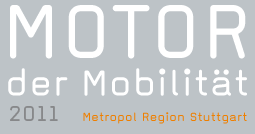




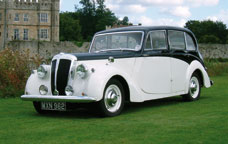

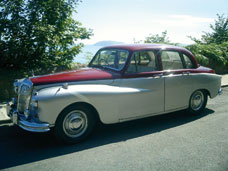
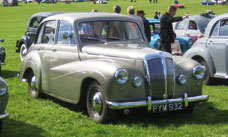
 download .pdf
(228 KB)
download .pdf
(228 KB)